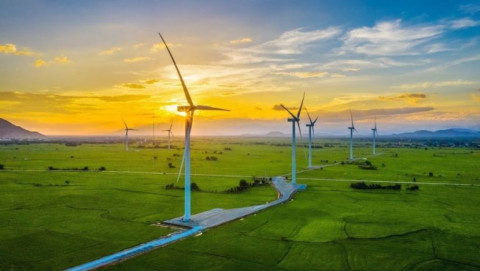Practical applications of carbon credits in the economy. Part XVIII: The Crucial role of biosphere reserves in carbon sequestration and CO2 absorption
- 169
- Socially Responsible Enterprise
- 22:09 12/08/2024
DNHN - According to Dr. Huỳnh Đức Hoàn, Head of the Management Board of the Cần Giờ Protective Forest, Biosphere Reserves play an essential role in maintaining and enhancing the ability of forests to sequester carbon and absorb CO2.
In an interview with the Business and Integration Magazine, Dr. Hoàn provided deep insights into the vital role that biosphere reserves play in carbon sequestration and CO2 absorption.
With extensive experience in environmental conservation and forest management, Dr. Hoàn elaborated on how these areas not only protect ecosystems but also make significant contributions to combating climate change. Let's explore the perspectives and strategies he shared on leveraging and protecting biosphere reserves to ensure a sustainable environment for the future.
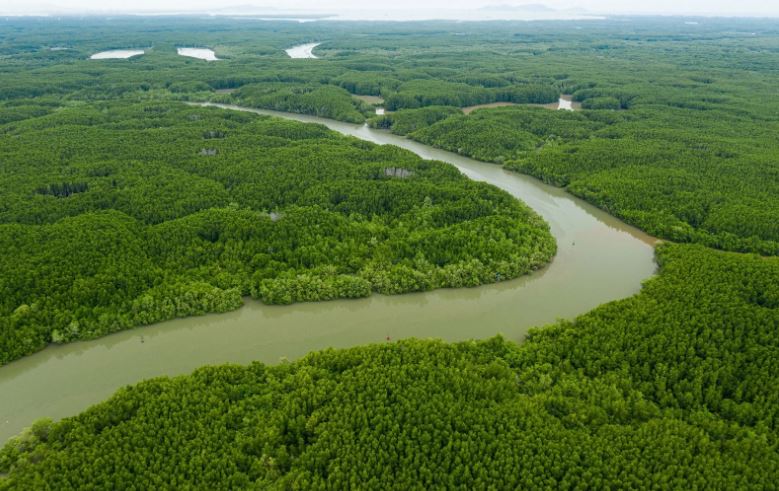
Mr. Hoàn, what are the notable features of biosphere reserves in Vietnam, such as the Cần Giờ biosphere reserve, and why are they important for developing carbon credits?
Dr. Huỳnh Đức Hoàn: The Cần Giờ Mangrove Biosphere Reserve, with an area of over 34,500 hectares, is a crucial part of the ecosystem of Cần Giờ district and Ho Chi Minh City.
In particular, the mangrove forest not only covers nearly half of the district's natural area and almost one-sixth of the city's area but also plays an essential role in maintaining ecological balance. It functions as a "green lung," helping to regulate the climate and reduce the greenhouse effect; as a "green wall," protecting against natural disasters like storms, cyclones, and high tides; and as a "kidney," filtering and absorbing waste from the upstream Dong Nai River before it flows into the East Sea. Additionally, Cần Giờ serves as an important carbon sink and holds significant potential for developing carbon credits for Ho Chi Minh City.
How does conservation and sustainable development in biosphere reserves in Vietnam impact the implementation of carbon credits?
Dr. Huỳnh Đức Hoàn: The sustainable conservation of forest ecosystems, often the core areas of Biosphere Reserves, plays a crucial role in maintaining and enhancing the carbon sequestration and CO2 absorption capacity of these forests. This not only contributes to climate regulation but also facilitates the exchange and trading of carbon credits, a vital tool in managing climate change. The economic value derived from carbon credit trading can be viewed as a long-term, sustainable investment source for local forest management projects and programs. In particular, these funds can be used to improve the living conditions and provide financial support to those directly involved in forest protection, thereby enhancing the effectiveness of forest protection and management efforts.
These activities not only align with the Biosphere Reserve's motto of "Conservation for Development and Development for Conservation," but also ensure the sustainable development of both the forest ecosystem and the local community.
What standards and methods for measuring carbon credits are currently being applied in biosphere reserves?
Dr. Huỳnh Đức Hoàn: Currently, the Forest Protection Department has officially issued the "Technical Handbook for Forest Inventory" under Decision No. 145/QD-KL-CDS dated June 18, 2024. This document outlines detailed methods and techniques for conducting forest ecosystem surveys and assessments, with a particular focus on calculating forest carbon stocks. This is a critical step in determining the amount of carbon that forests can store and their CO2 absorption capacity.

This technical guide provides the necessary tools and methods to accurately assess carbon stocks, including the measurement and analysis of carbon storage in tree trunks, branches, leaves, and forest soil. Accurate carbon stock calculations not only help evaluate the effectiveness of forest protection and management but also enable the precise conversion of carbon credits when participating in the carbon trading market.
The conversion of carbon credits is an important part of participating in the carbon trading market, with 1 carbon credit equivalent to 1 ton of CO2. This process not only helps organizations and nations achieve greenhouse gas emission reduction targets but also creates economic opportunities for forest protection and development projects. The technical guide from the Forest Protection Department will provide a solid foundation to ensure transparency and efficiency in the assessment and trading of carbon credits.
How do government policies or support from international organizations influence the implementation of carbon credits in Vietnam?
Dr. Huỳnh Đức Hoàn: As far as I know, according to the Government's plan, the domestic carbon market will enter the pilot phase in 2025 and officially operate in 2028. To prepare for this important event, Article 139 of the amended Environmental Protection Law assigns the Ministry of Natural Resources and Environment and the Ministry of Finance the task of designing and establishing the carbon market.
Currently, the Ministry of Finance is actively consulting and studying international experiences to ensure the effective implementation of the carbon trading platform. This preparation includes studying carbon market models that have been applied in other countries to apply lessons learned and make appropriate adjustments to Vietnam's specific conditions.
Designing and establishing the carbon market is an important task, not only to meet environmental protection requirements but also to create opportunities for sustainable economic development. The Ministry of Finance is urgently finalizing plans and preparing the necessary legal frameworks to ensure the carbon market will operate smoothly and efficiently when it officially goes live.
What suggestions do you have to improve or expand the implementation of carbon credits in the Cần Giờ biosphere reserve and other biosphere reserves in Vietnam in the future?
Dr. Huỳnh Đức Hoàn: First, it is necessary to continue to fully and effectively implement the Sustainable Forest Management Plan in the core areas of the Biosphere Reserve. This should particularly focus on developing and protecting mangrove ecosystems, as these ecosystems have the ability to store carbon 2 to 3 times more than other terrestrial ecosystems.
Next, there should be increased research and assessment of carbon sequestration and CO2 absorption capacity across the entire national forest area. This will help build a solid database to serve the implementation and management of the carbon market in the future.
Finally, the early issuance of a mechanism and the operation of the carbon trading platform is crucial to creating financial resources to support sustainable forest management, protection, and development. This will not only improve the effectiveness of conservation efforts but also contribute to the sustainable development of the forestry sector.
Phan Chinh
Related news
- Practical applications of carbon credits in the economy. Part XVII: The carbon credit market offers significant benefits to businesses
- Practical applications of carbon credits in the economy. Part XVI: Spirulina algae helps green the livestock value chain
- Practical applications of carbon credits in the economy. Part XV: How are businesses interested in carbon credits?
#environmental protection
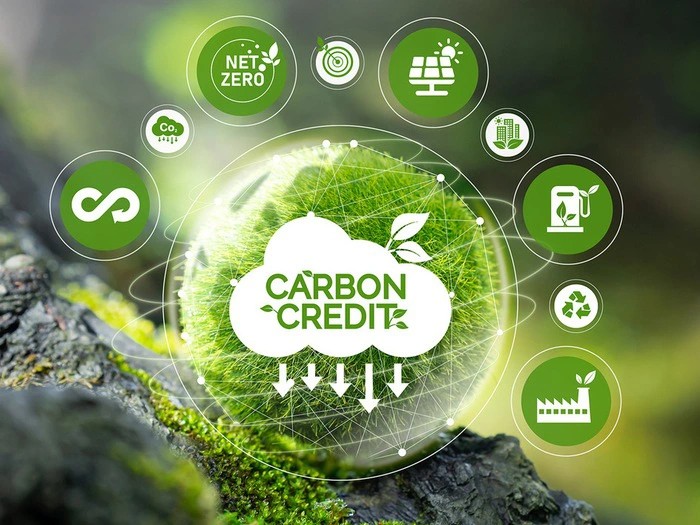
Reducing greenhouse gas emissions and carbon market development to fulfill COP 26 commitments
Vietnam aims to reduce greenhouse gas (GHG) emissions and develop a carbon market, aligning with its COP 26 commitments. This requires close coordination and comprehensive solutions from all sectors and communities.

What can be learned from VinFast's success after becoming the best-selling car brand in Vietnam?
VinFast's market-leading sales in Vietnam in September marked a major turning point, as a domestic electric vehicle brand outpaced international competitors.
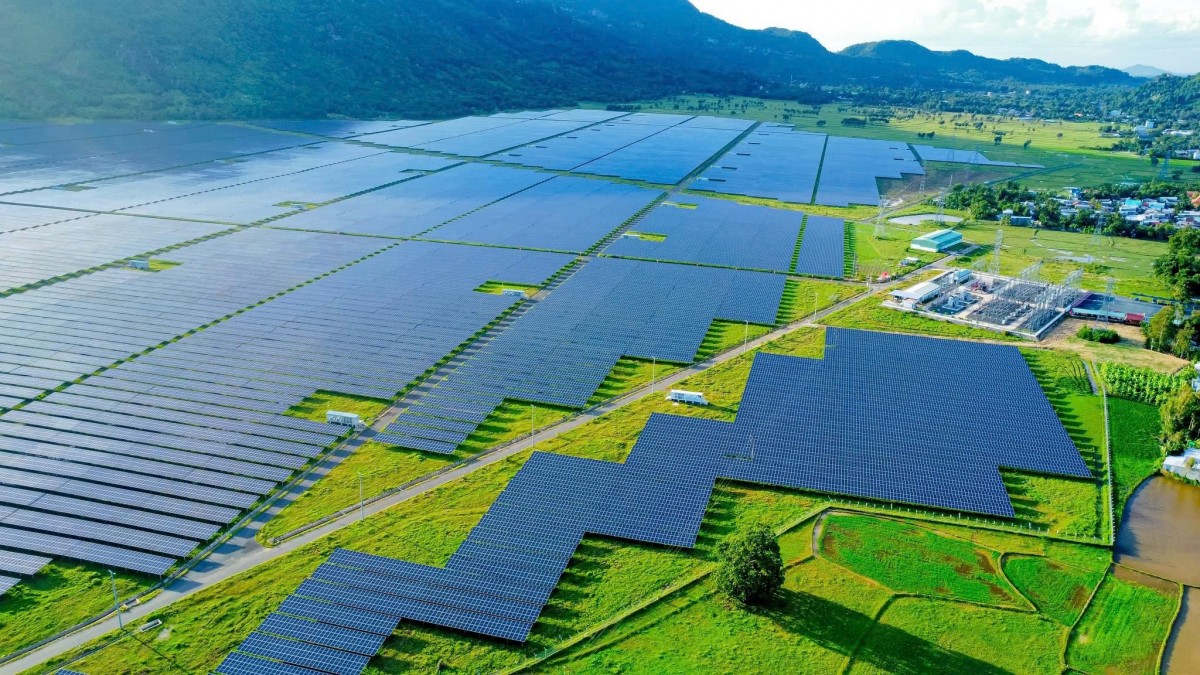
Nurturing life for the future with clean energy
Vietnam has just endured Typhoon No. 3, leaving behind a trail of destruction and loss that makes us all feel small against Mother Nature. It is time for a change, time to nurture and protect our living environment.
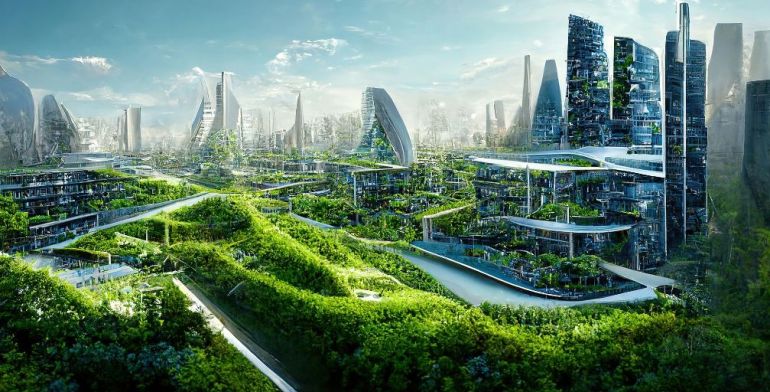
Practical applications of carbon credits in the economy. Part XXI:Carboncor Asphalt - An effective solution for Vietnam to achieve net zero emissions
Vietnam is actively implementing green construction solutions to achieve the goal of net zero emissions by 2050. These solutions reduce greenhouse gas emissions and support sustainable development in the construction industry.
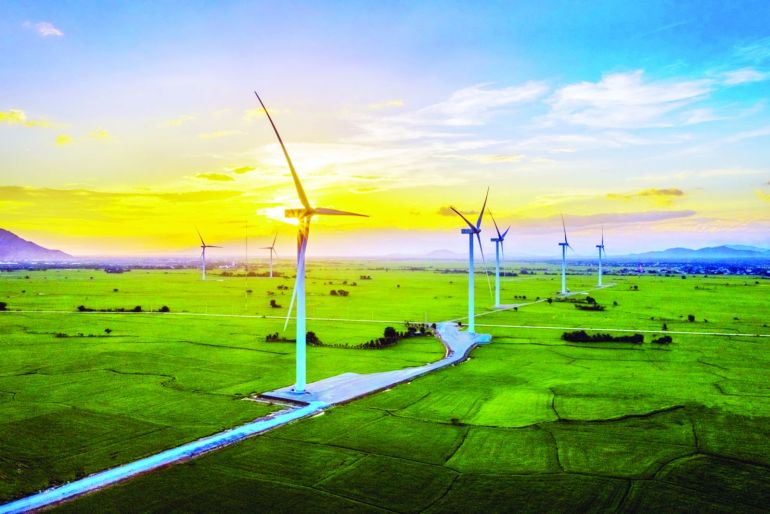
Practical applications of carbon credits in the economy. Part XI: Bridging policy and strategy for the carbon credit market
To develop the carbon credit market, the Government and businesses must improve cooperation and communication. The Government needs to provide clear policies, while businesses must adopt emission reduction strategies and leverage carbon credits.

Yen Bai: Implementing the plan to manage and eliminate ozone-depleting substances and greenhouse gases
The People's Committee of Yen Bai province has just issued document No. 3005/UBND-TNMT on the implementation of the National Plan for the management and elimination of ozone-depleting substances and controlled greenhouse gases.
Đọc thêm Socially Responsible Enterprise
When artists do business – livelihood is no poetry!
A series of indictments, arrests, and bankruptcies among artists has sounded a serious alarm.
Hanoi’s economy grows 7.92% in first nine months of 2025, FDI surges nearly threefold
Hanoi maintained robust growth momentum in the first nine months of 2025 with GRDP up 7.92% year-on-year, driven by strong services and construction sectors.
Vietnam’s strong gdp growth fails to ease labor market distress
As the year draws to a close, the pressing challenge for businesses and policymakers is how to rebuild worker morale, retain top talent, and stabilize employment amid lingering uncertainty.
Vietnam ramps up efforts to lift EU “Yellow Card” on Illegal fishing
Prime Minister Pham Minh Chinh has called for intensified and coordinated efforts to have the European Commission’s “yellow card” on Vietnam’s fisheries removed within this year.
Quang Tri calls for investment in wind power plant project worth over VND 1,100 billion
The People’s Committee of Quang Tri Province has officially announced the Hưng Bắc Wind Power Plant Project as part of its investment invitation portfolio.
Hanoi receives two million visitors during the four-day National Day holidays
From August 30 to September 2, Hanoi received around 2.08 million visitors during the four-day National Day holidays , three times higher than the figure in the same period last year, the municipal Department of Tourism reported.
Ca Mau gradually makes its mark on the national tourism map
By 2025, Ca Mau aims to attract 8.4 million visitors and achieve a total revenue exceeding 8,585 billion VND, contributing to the province's double-digit growth target.
UNDP Resident Representative hails Vietnam as an emerging economic powerhouse
Millions of people have been lifted out of poverty, hunger has been eliminated, and the economy has maintained consistent growth rates of over 6 per cent, UNDP Resident Representative in Vietnam Ramla Khalidi remarks.
Alpha Books Chairman Nguyen Canh Binh: The survival weapons of Vietnamese entrepreneurs in the age of AI.
Alpha Books Chairman Nguyen Canh Binh shares three essential lessons to ensure the survival and growth of Vietnamese entrepreneurs in the digital age: creativity, connection, and collective intelligence.
Mr. Le Viet Thang, CEO of 1Office: "Don’t use old solutions for new ai challenges"
As artificial intelligence (AI) reshapes the global technology landscape, Vietnam is taking decisive steps to establish a National AI Research and Development Center, alongside the National Data Center.






